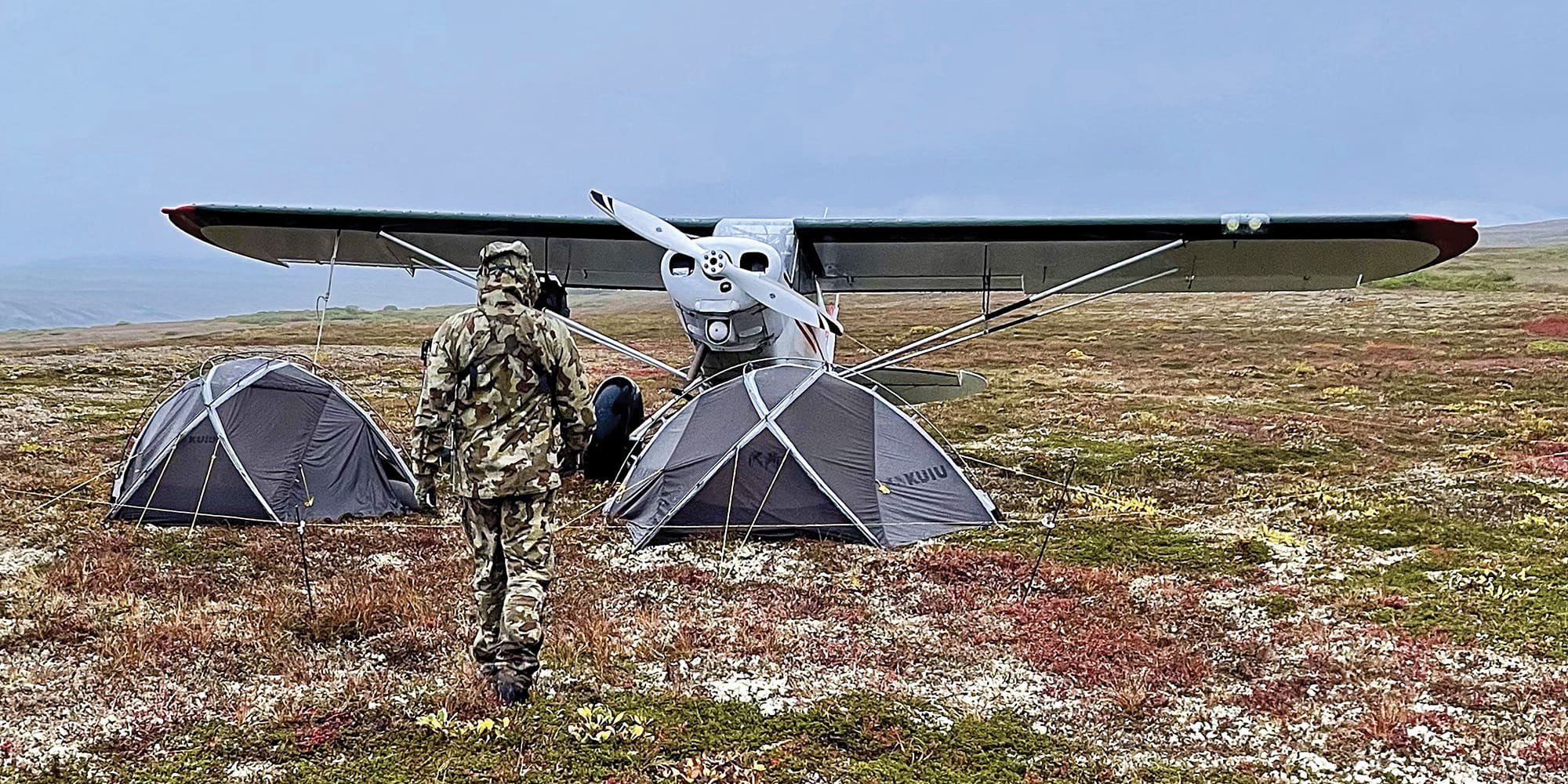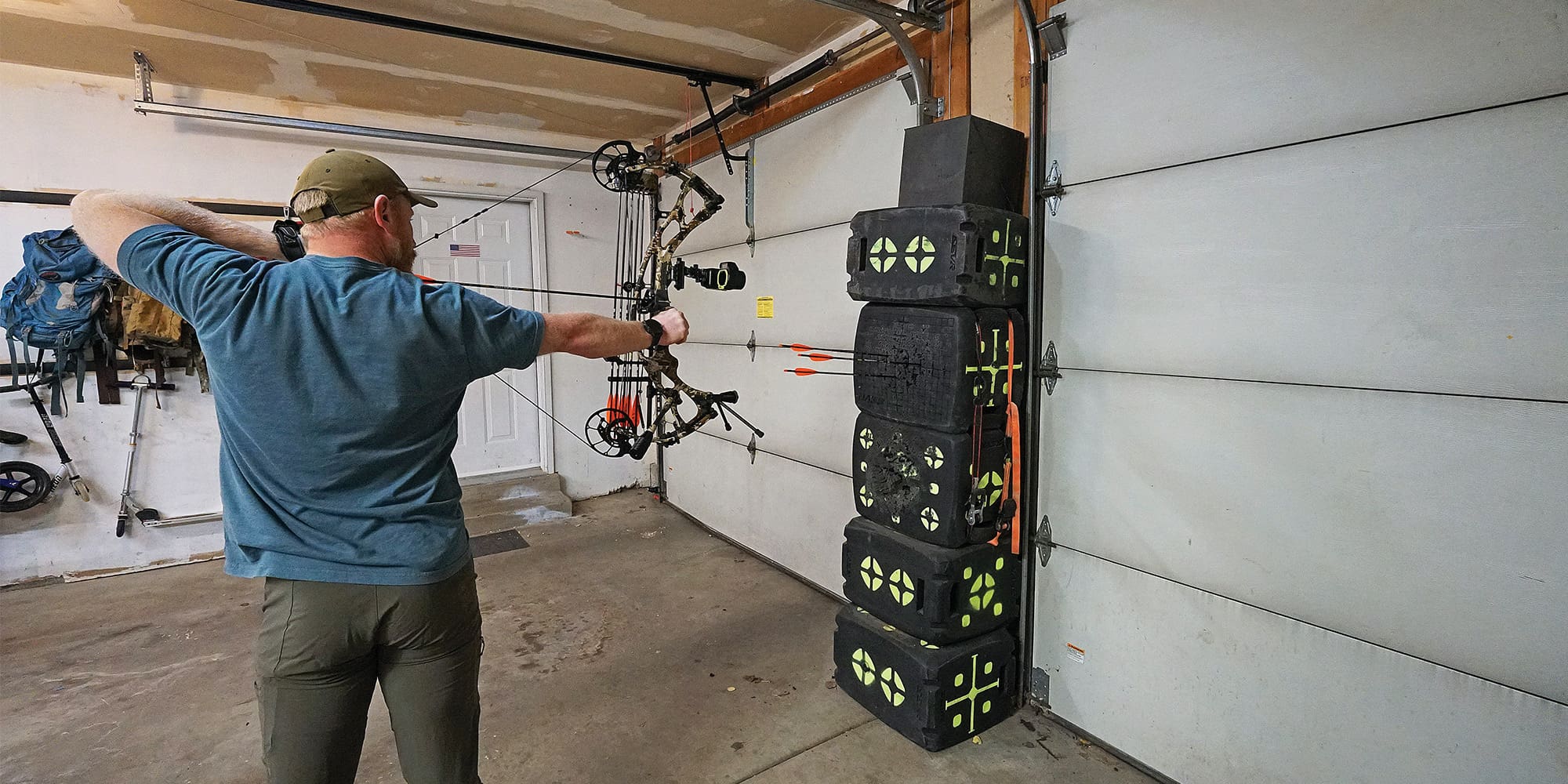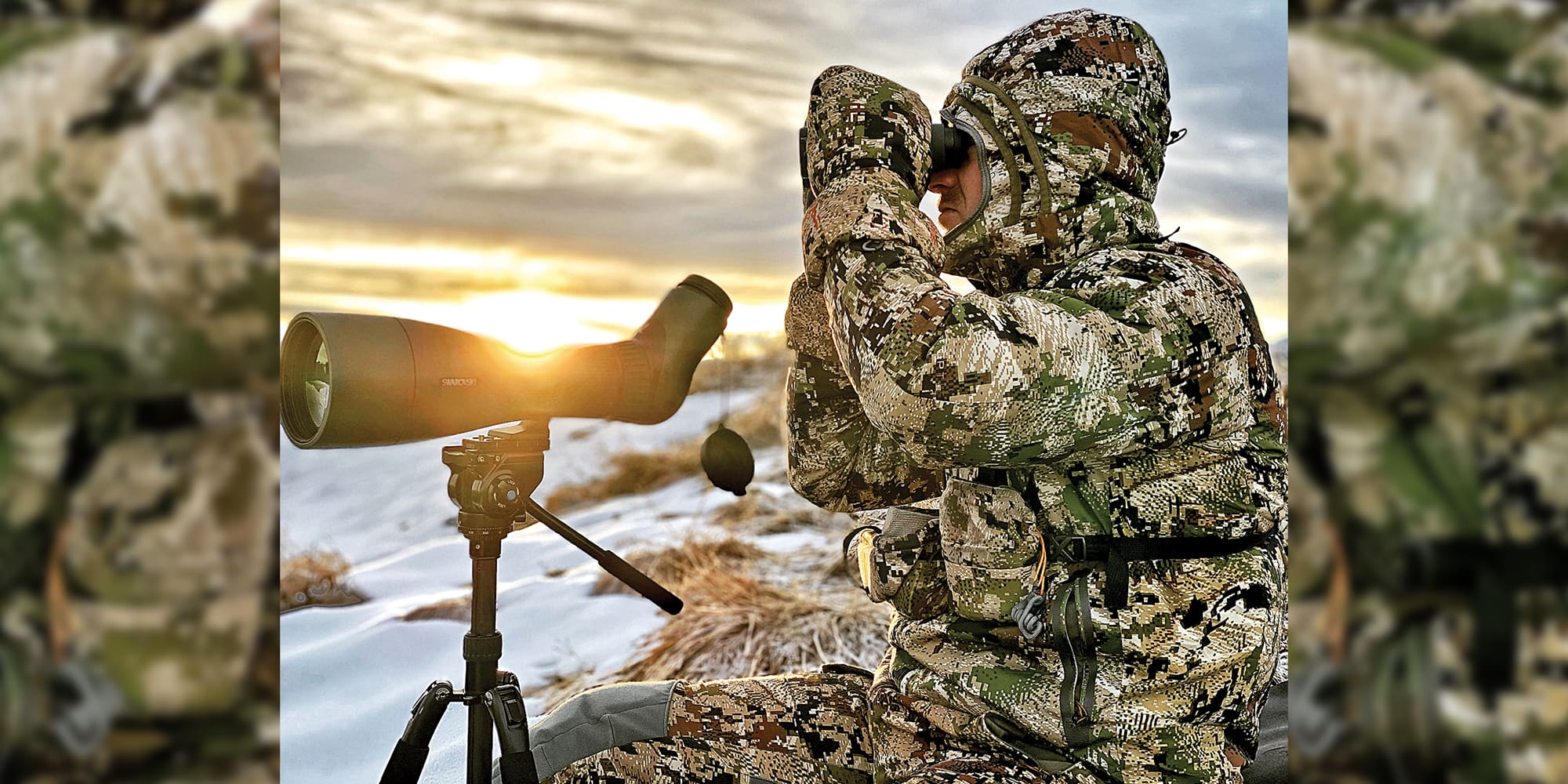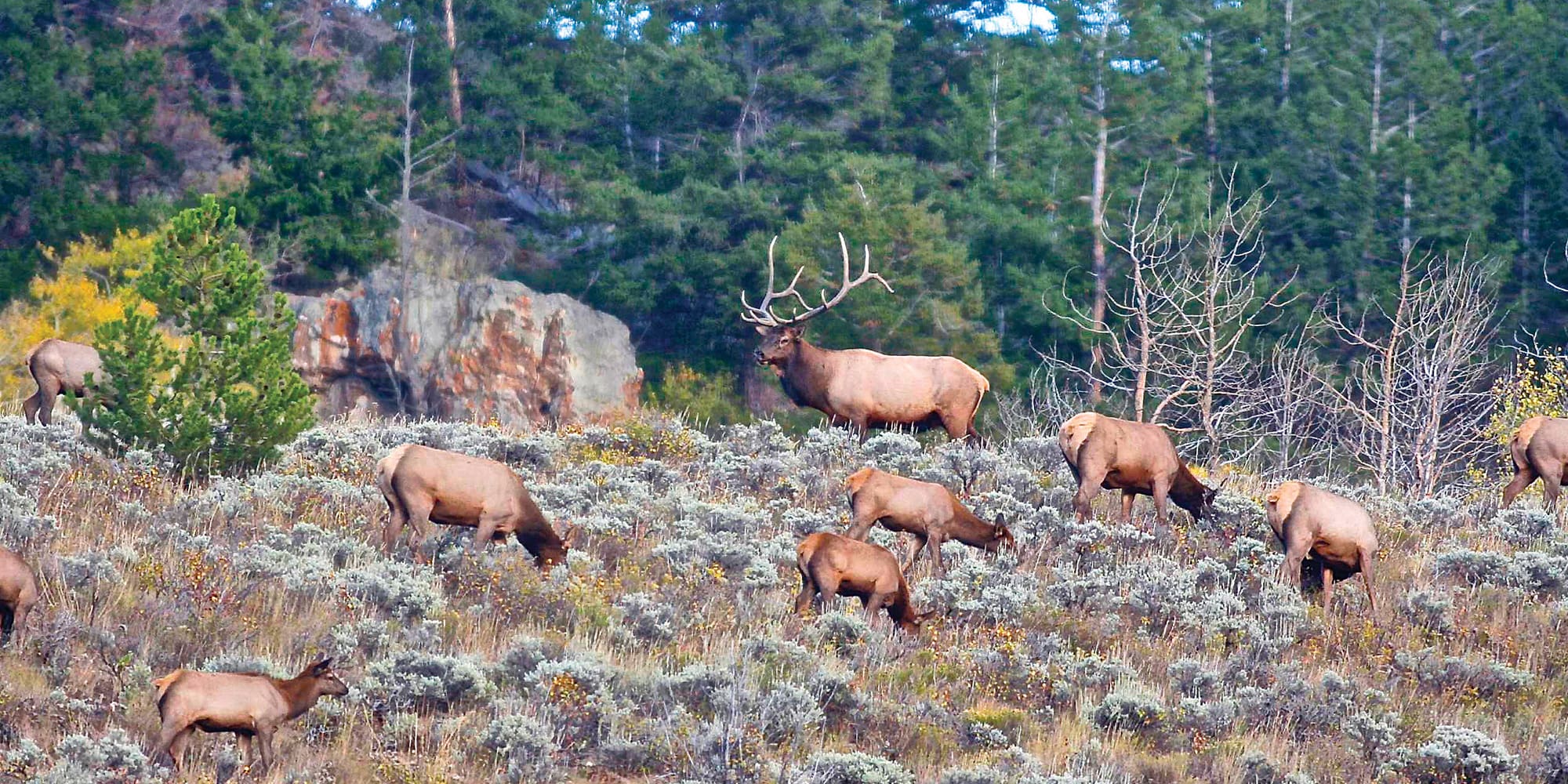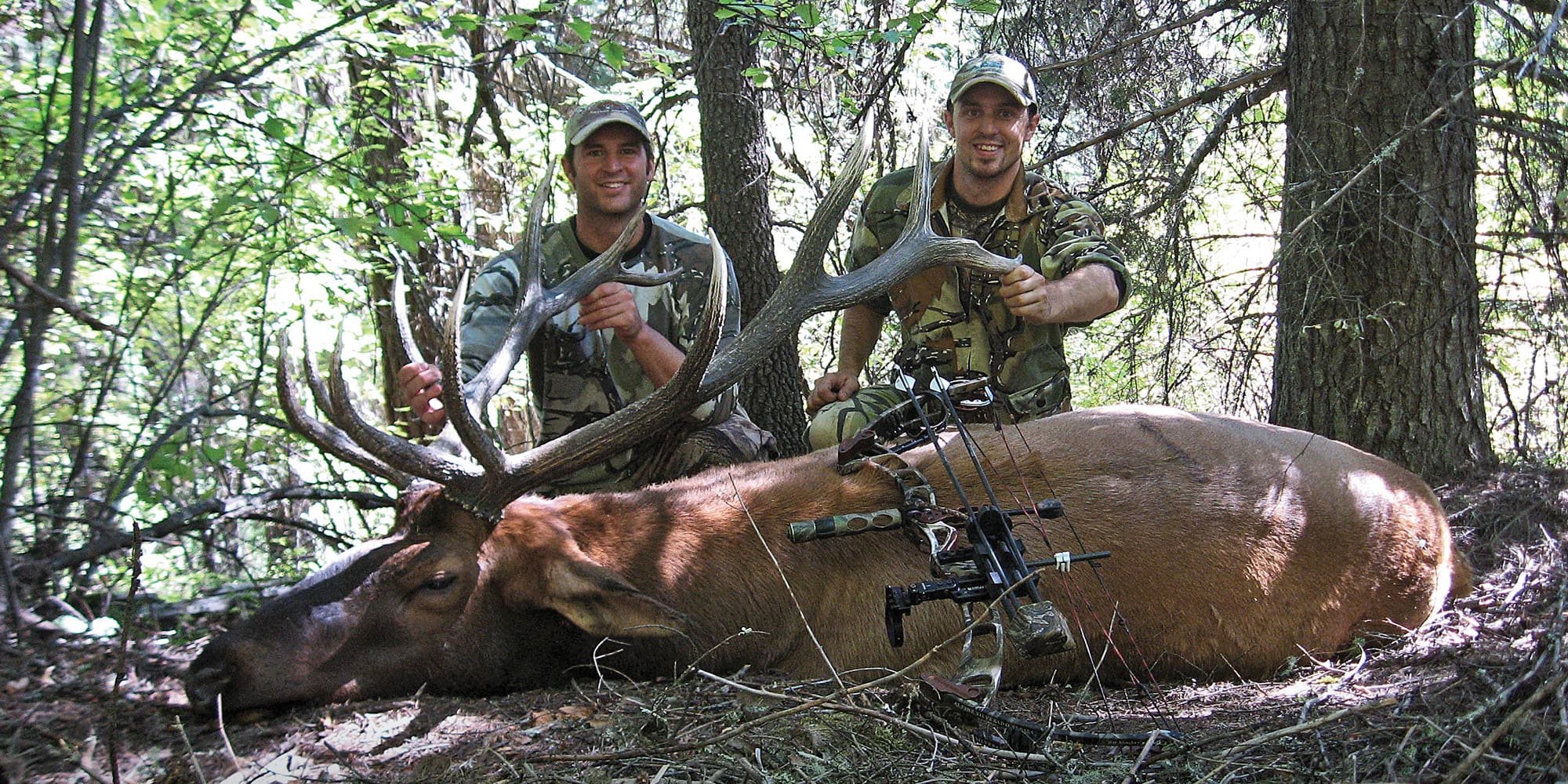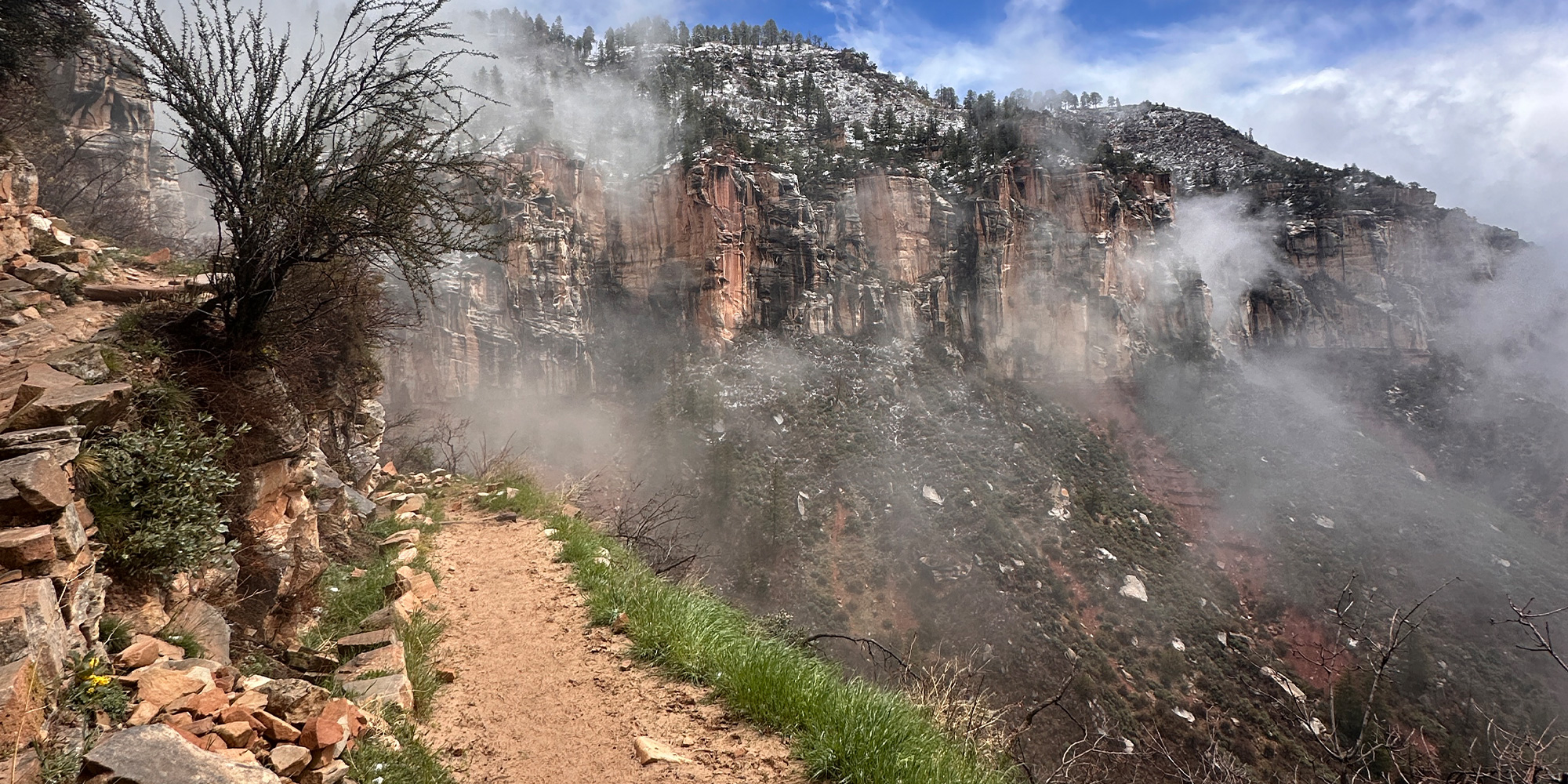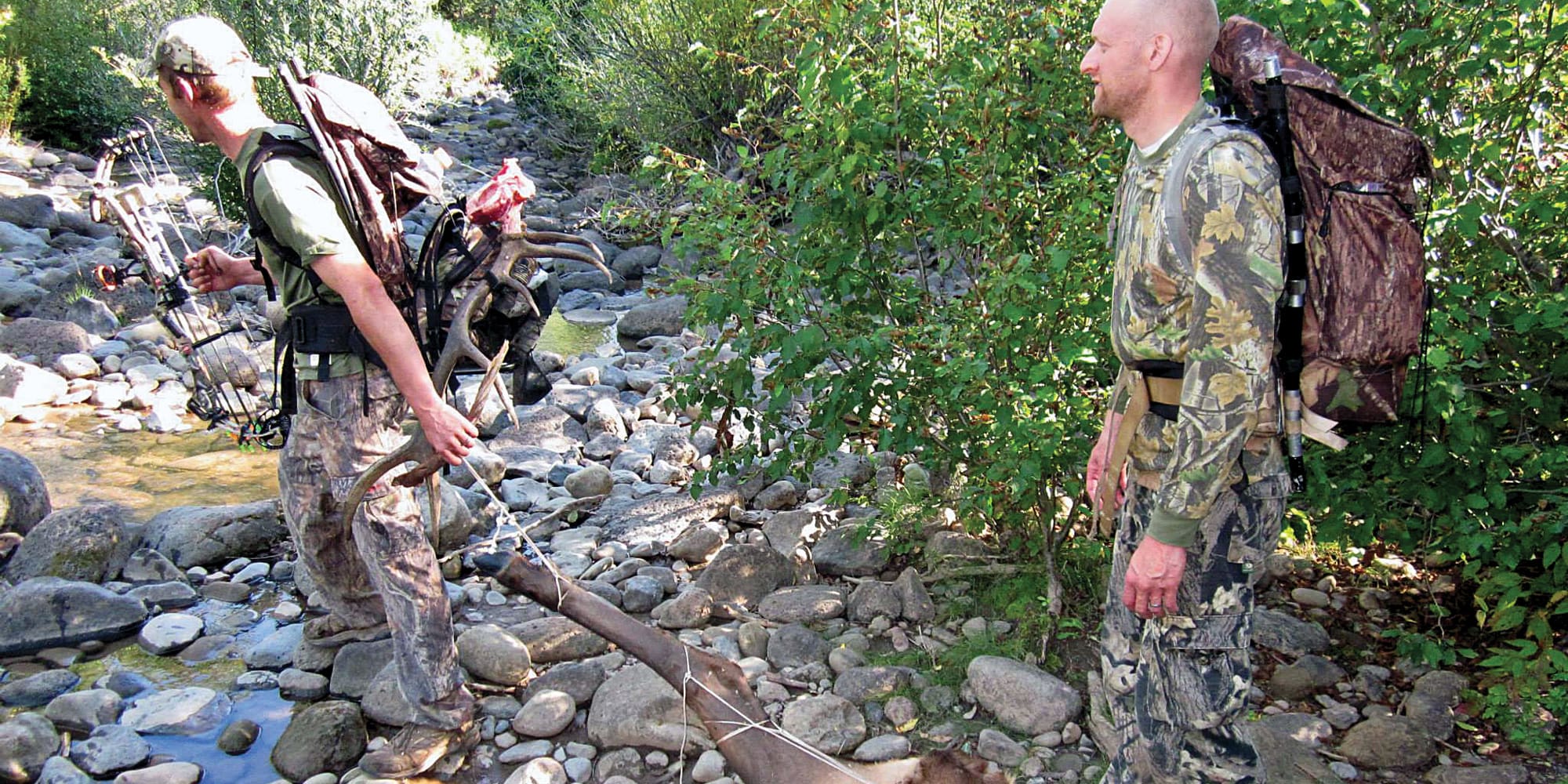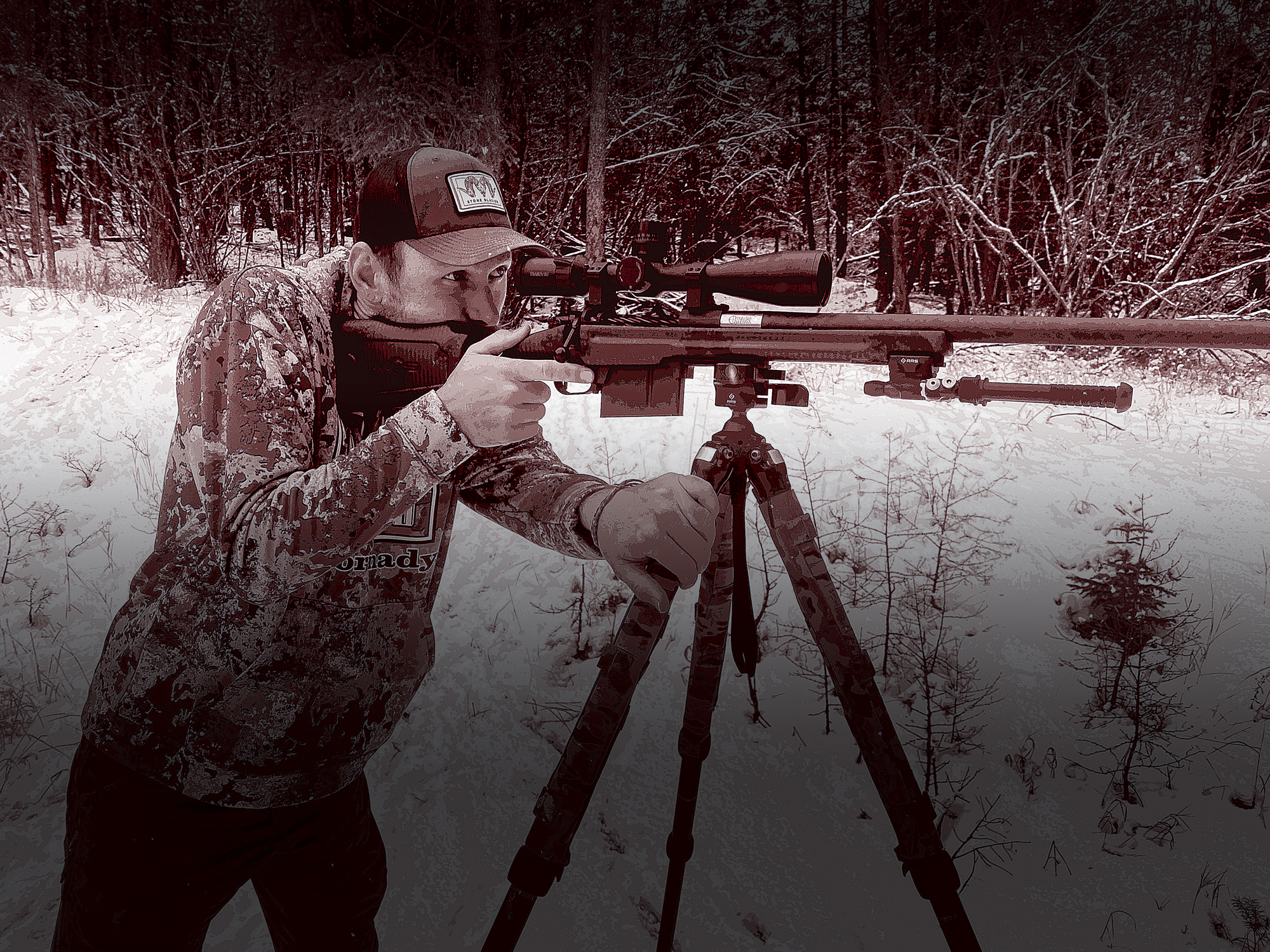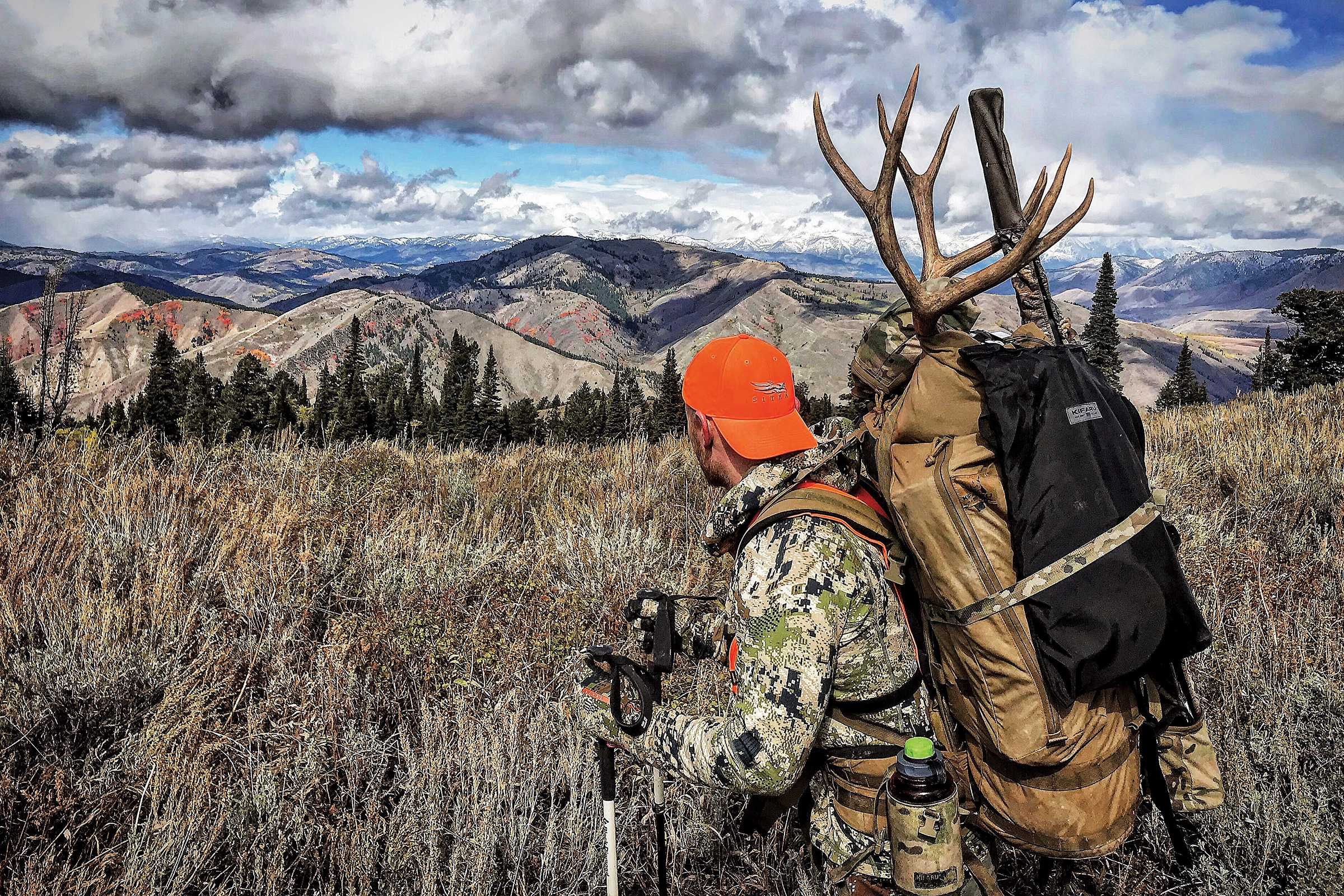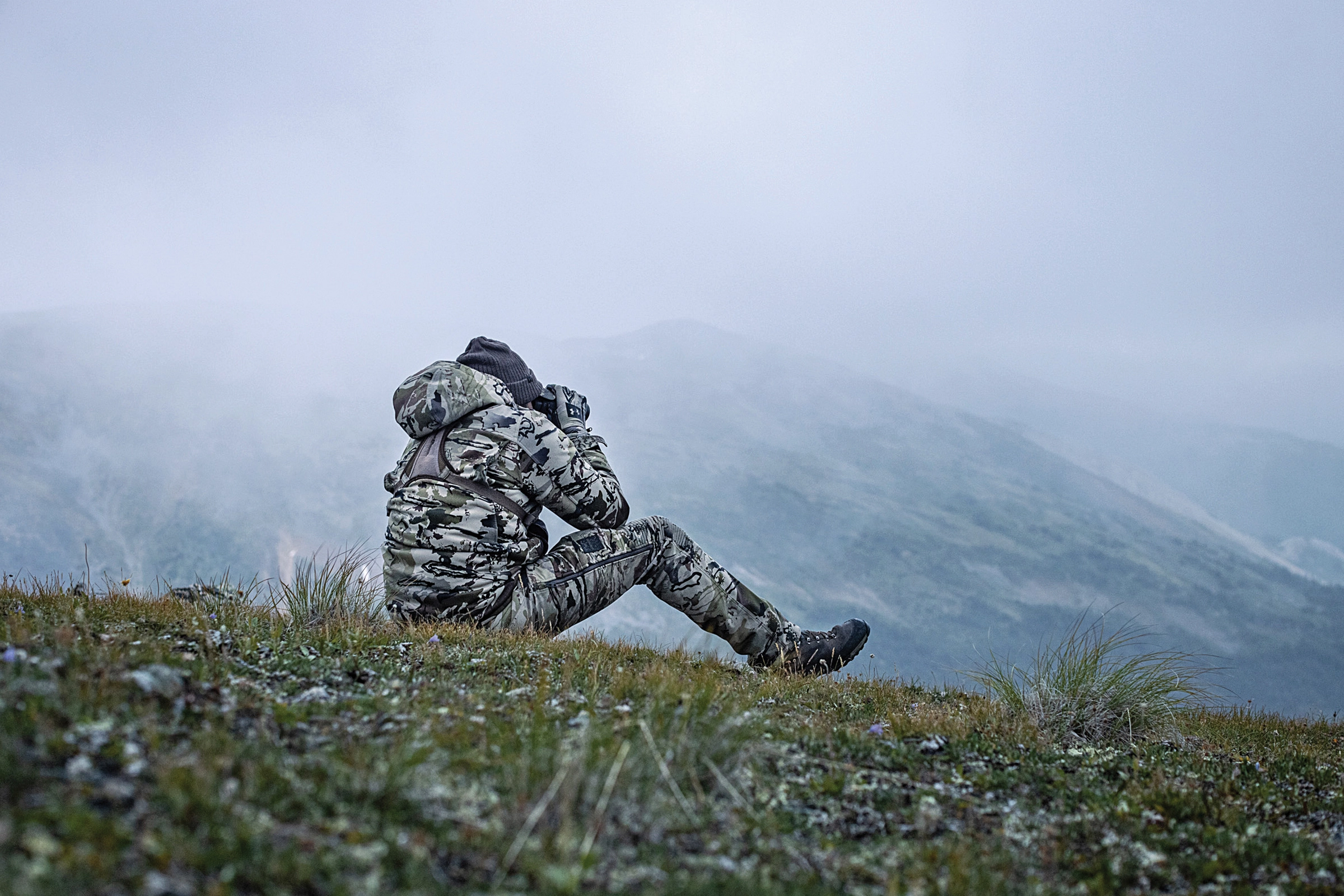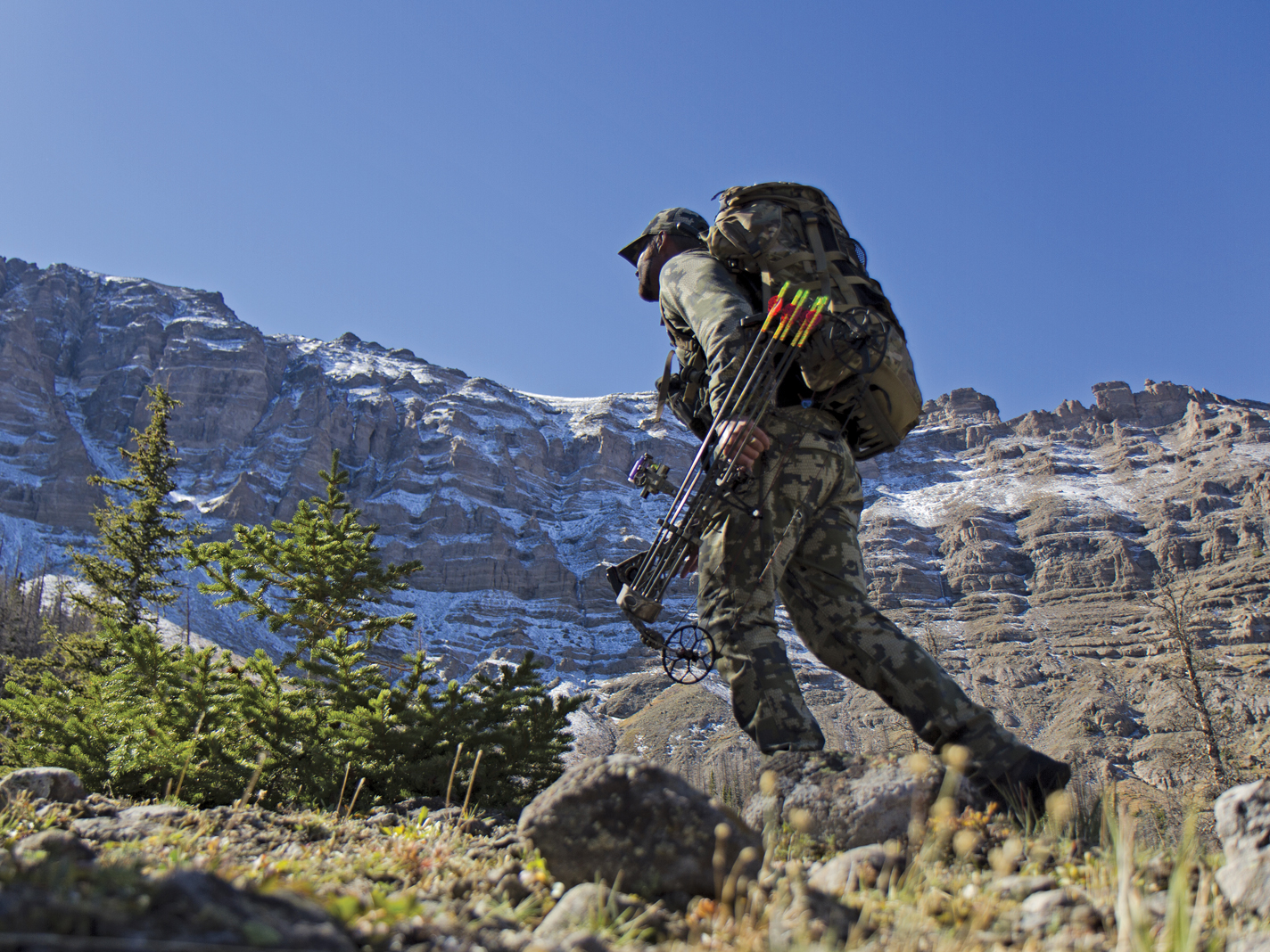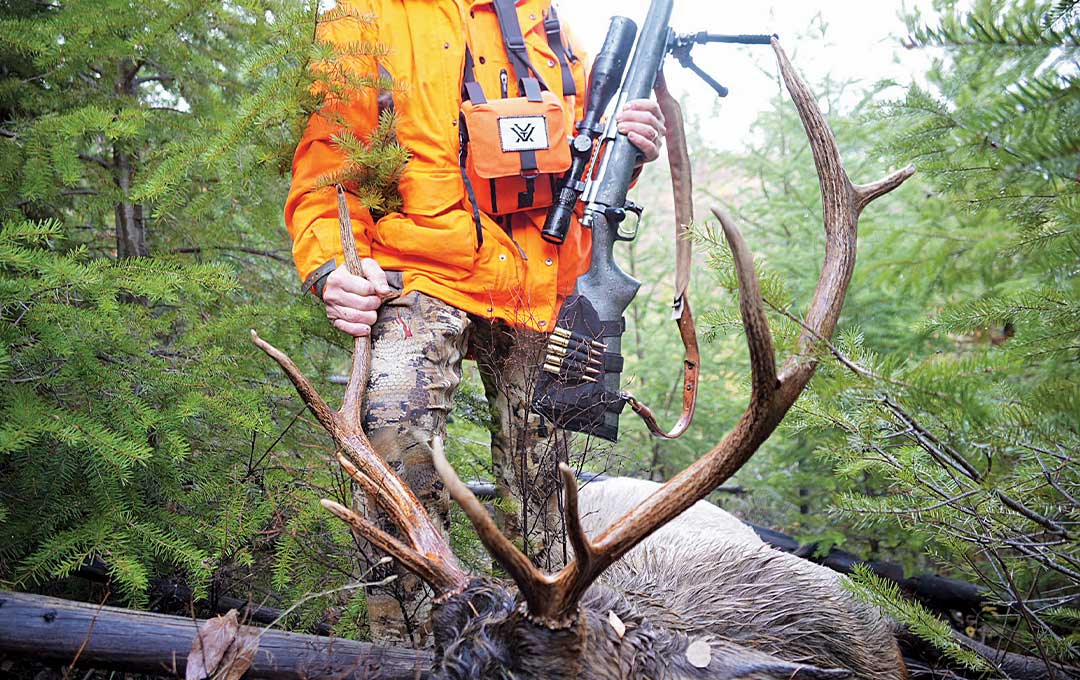NOTICE: Certain links on this post may earn a commission for Western Hunter Magazine from Amazon or our other affiliate partners when you make a purchase. Thank you for your support.
Tips for General Area Elk Hunting
A few years ago I attended a seminar at the RMEF Convention about elk hunting. At the beginning of the seminar, the speaker said, “Everyone in the audience who hunted elk last season, please stand up.” Everyone stood.
The speaker then asked, “Everyone who didn’t take an elk last year please sit down.” Over two-thirds of the people sat down.
“If you took a cow elk please have a seat.” Of the 100 or more originally standing, around ten still remained. The speaker started at spike and worked his way up, having the remaining hunters sit as their bull’s size was mentioned. By the time the speaker got to a 6x6, only two hunters and I remained standing.
This exercise really struck me. In a room full of elk hunters, only a few had been successful at harvesting a bull, and fewer yet took a trophy. However, when looking at state success rates for elk hunters in general areas across the West, the demonstration was fairly accurate at predicting overall elk hunting success.
Today there are still many great general area elk hunts on public land in many western states. Even with all the gloom and doom associated with wolves, there are still plenty of options.
For this article, I’m considering a “general area hunt” one where there are very few restrictions on the number of hunters allowed to hunt the unit. In most cases, general areas are areas available to residents over the counter, with no quota, while nonresidents may have to apply for a limited number of often easy-to-draw tags.
General Area Elk Hunting
For most western hunters, the elk areas we dream of hunting are often vastly different than the elk areas we actually get to hunt. Everyone dreams of taking a 400-inch bull, but the reality is these types of elk are few and far between. Even bulls in the mid 300 class can be very sparse for hunters not fortunate enough to draw a premier elk tag or not willing to shell out three months’ or more wages for a private land trophy bull hunt. What this leaves us with is the standard elk hunter; the hunter whose primary elk hunting experience will be in a general tag area until the day he or she can pull a limited entry bull permit and have a chance to chase a trophy.
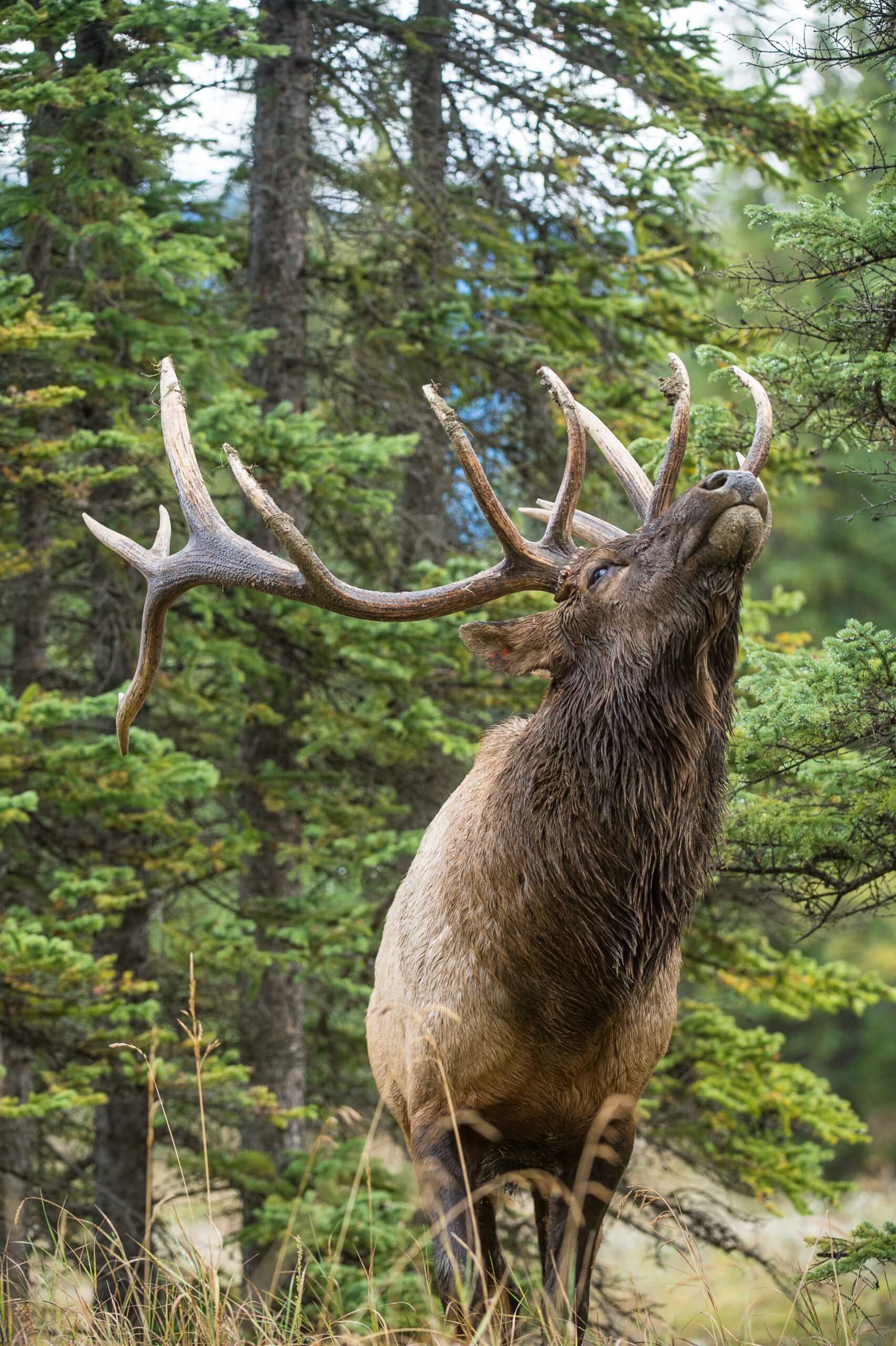
bull elk in forest head back
General Area Success
While sifting through the majority of elk harvest rates for general areas, success seems to average 10%-15% across the West. This may seem dismal, but in my experience it’s the same guys who are successful year after year. Anyone can consistently be in the “successful” category when hunting general area elk. Many successful elk hunters have a few things in common - they know elk, they know the area, and they know the elk in the area. It sounds basic and simple enough, but putting the pieces together is often the hardest part in application.
Know Elk
Knowing elk and how they behave is one of the most important attributes of successful hunters. Assuming that elk are the same or like any other animal can be a mistake. As a hunting guide, most of my clients come from the Midwest, the South or the East Coast. They are generally first-time elk hunters and have no elk where they live. After watching a lot of hunting TV and reading elk hunting articles, the major misconception is that elk are like turkeys. If you think elk behave like turkeys, you’re already at a loss.
The same goes for many western hunters who live in states with limited opportunity to hunt elk. If you assume hunting elk is like hunting deer, you may be at a loss when you step foot into a general elk area. Of course many things do carry over, but understanding how elk are different is the key.
Power of the Herd
Elk are herd animals, and as such, they exhibit herd behavior. Even bulls that are alone have herd behavior ingrained in them. Just because they aren’t in a herd at the moment doesn’t mean they’re not a herd animal. This info can be vital, especially when it comes to the use of calls to stop a spooked elk.
With elk, a herd may be a few animals or hundreds. A bull may “run” the herd in September from an aggression standpoint, but don’t fool yourself; a lead cow is nearly always in charge of leading the herd from location to location. This difference in behavior between bulls and cows can be a key to locating bulls in a general area.
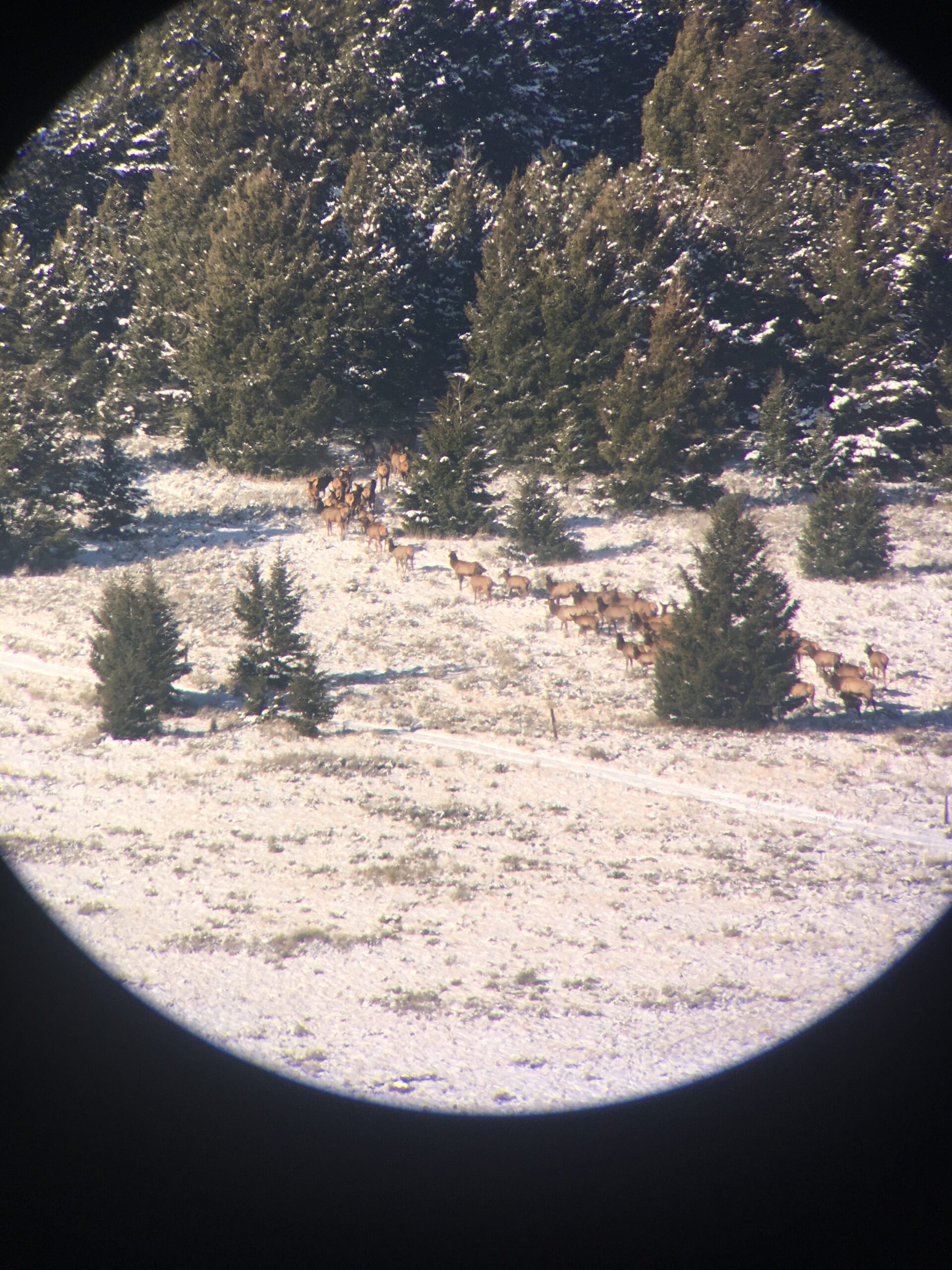
Bull behavior during the hunting season
During the rut, bulls join or gather up their own herds of cows. Find the cows and you find the bulls. This is pretty self-explanatory, but the real question is where do bulls go after the rut? This depends a lot on whether the elk are migratory or already in a suitable place to winter. I’ve found that resident bulls rutting in their winter range tend to stay with the cows longer than bulls that will soon have to migrate to a winter range.
Bull elk expend more energy during the rut than any other time of the year. Bulls that will soon have to migrate to a winter range will often seek solitude or bachelor up to regain energy lost during the rut and build strength for winter. When bulls break from the herd, they often seek areas with heavy timber, grass, and water in a local area without a lot of travel involved. These areas are often hard to get to and have minimal pressure from hunters, making it a great resting area. I’ve watched bulls stay within a 600-yard radius for over a week when unpressured.
Stopping elk with a call
An important tactic I’ve found is to always have a call handy, no matter the time of year. In case you spook elk, whether it’s a lone bull or an entire herd, the quicker you can let out a call, the better your chances are of killing that bull. Nine times out of ten the call will be enough to stop them, or at least slow them down. I’ve stopped elk that have seen me, as well as bulls that have been shot at. The call confuses them into looking for other elk (herd behavior). Oftentimes, if you scare one elk in a herd of 100, that means 99 elk have no clue why they are running. The call can stop them in their tracks, even late in the rifle season, because it catches them off-guard. There have been many times when I’ve been guiding two hunters that I’ve had a client shoot a bull out of a group with a rifle and then used the bugle to stop the other elk for his buddy.
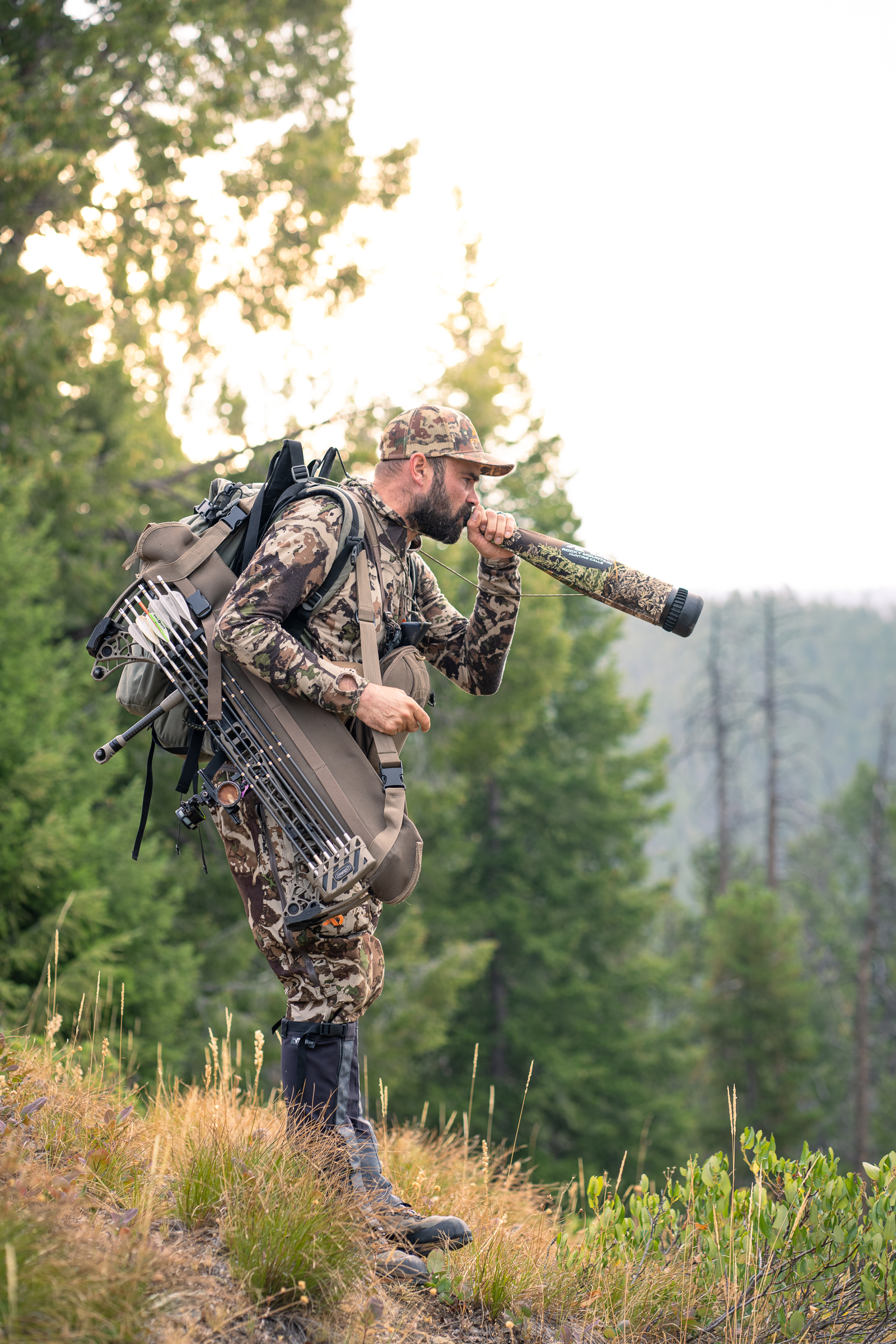
Where the elk prefer
The majority of great elk country doesn’t actually hold elk regularly. Instead, elk find a smaller preferred area. When looking for these pockets, it’s important to remember that 1) elk are grazers, and 2) elk have escape routes already planned.
Because elk are grazers, they prefer to eat grass. Of course they will browse when necessary, but if able, elk will gain most of their nutrition from grass.
Elk also prefer to bed on finger ridges. This is because, as a herd, they have ingrained escape patterns depending on where danger is coming from. Oftentimes, they rely on a lead cow for these escapes after they have cleared the immediate danger. Bedding on the finger of the ridge gives elk the most options of escape.
Know the Area
One of the toughest challenges to hunting any general area for the first time is finding the elk. The best way to locate elk in any given area is to scout during the rut. In many general areas, tags are often good for both the archery and rifle seasons. Most archery seasons take place during the rut, which can be the best time to learn an area. During the rut, elk are the most active and vocal, giving the hunter the best chance to pin down their location.
Scouting during the rut, even if you’re not a bowhunter or there is no archery season in the area, is worth the time. They give away their location from miles away or in thick cover. Bugling elk also let you estimate areas with high population densities, even when you can’t see all the animals.
Know the Elk in the Area
In my opinion, it’s better to hunt one area five times than five different areas once. Every time you hunt an area, you learn something that will help you. Hunting the same area repeatedly increases your chance of success because you become more familiar with the habits of the animals in that particular area, including learning their patterns. You need to figure out if the area holds resident elk, migration elk, or both, and plan accordingly.
Pressure patterns
When elk get pressured, they tend to leave. However, they’re still creatures of habit. Pressured elk herds tend to keep within a pattern of familiarity in order to stay safe. They know their escape routes before danger rolls along in order to stay a step ahead of their natural predators.
I’ve noticed that many elk herds move in four-day cycles. Of course the pattern area varies, but for the most part, pressured elk move in large circuits to avoid danger. These larger patterns are more consistent with elk that receive heavy hunting pressure.
Predicting the pattern
Humans are the only predators who can predict animal behavior. Using this to your advantage will help you be successful. Pay attention to the animals’ behavior. If you tend to see elk in a certain area every four days or so, try to predict when the elk will be there and hunt it accordingly. When hunting a general elk unit, I like to have five spots or so that I know hold elk, and rotate through them as the week progresses. I try to plan my hunt around the patterns and find different areas where the elk are likely to be during different times of the week.
Keep notes on when and where you see elk. There might be a pattern there that you didn’t mentally notice that shows up on paper.
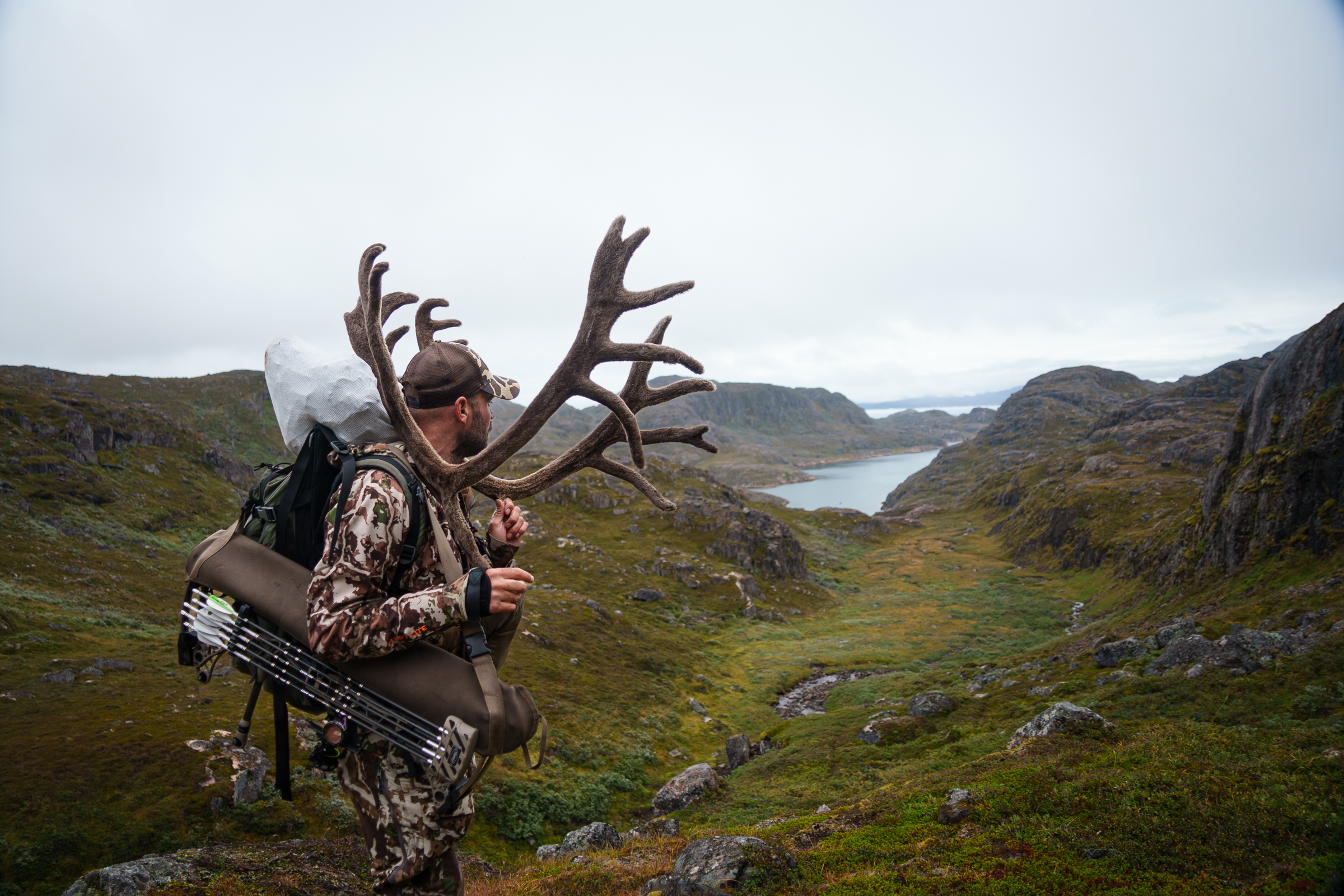
Parting Thought
Elk hunting in a general area can be tough for those starting out, but by getting to know elk, know an area, and know how elk react in that area, you can be successful year after year. Quality elk hunting doesn’t have to be relegated to a special tag drawn once every eight to ten years. There are some awesome hunts to be had year after year throughout the West. For me the thrill is there whether I harvest a raghorn for meat or a monster 380 bruiser. That’s the appeal of elk hunting. Just to have the opportunity to hunt elk every year can make general area elk hunting worth the effort.


